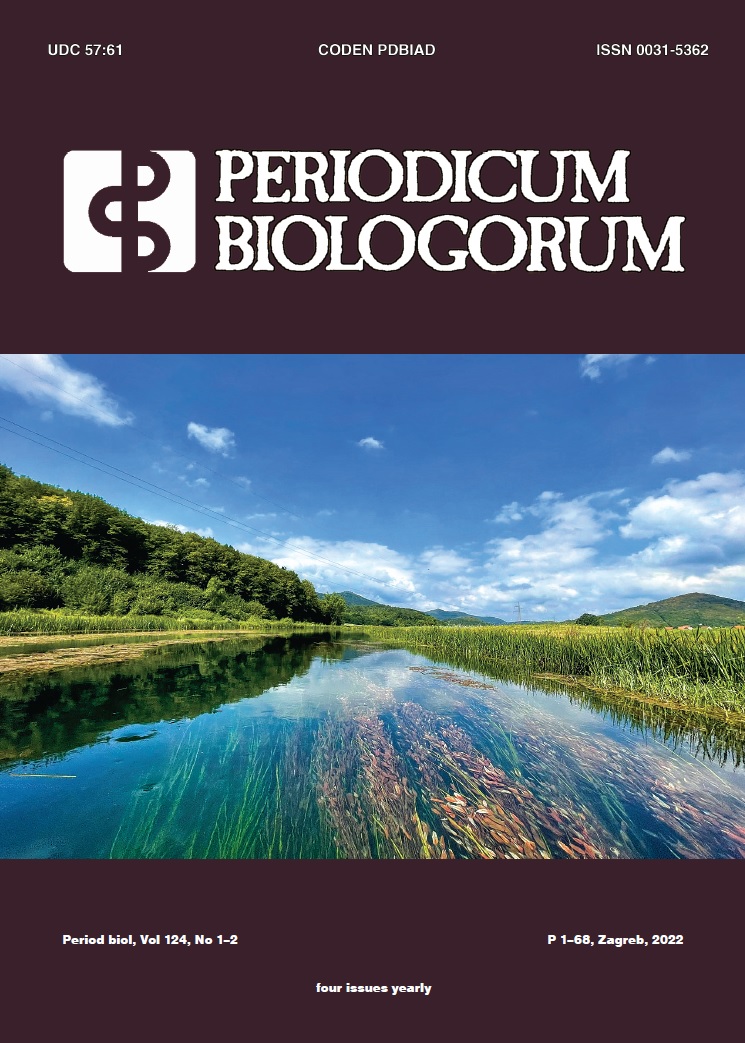Detection and pathogenicity of Vibrio parahaemolyticus strains in Penaeus vannamei
DOI:
https://doi.org/10.18054/pb.v124i1-2.20578Abstract
Background and purpose: The Vibrio spp. are indigenous bacteria in the marine environment and usually constitute the majority in normal microflora of farmed and wild penaeid shrimp; and are one of the most diverse and vital shrimp pathogens that cause heavy mortalities in aquaculture facilities worldwide. The present study aimed to isolate and characterize the causative agent concerned with mass mortality in Peneaus vannamei collected from the shrimp farms of Kakinada, Andhra Pradesh, India.
Materials and methods: To isolate and characterize the pathogenic bacteria from the hepatic pancreatic tissue of moribund, P. vannamei performed conventional culture tests, physical and biochemical tests, and molecular analysis. In addition to that virulence gene study, bacterial pathogenicity with different salinity and antibacterial activity of the stem extract of Tinospora cordifolia against Vibrio parahaemolyticus were tested.
Results: The phenotypic traits, 16s rRNA gene, and phylogenetic tree analysis showed that the isolated pathogen was V. parahaemolyticus strain KKD 02. A study on bacterial pathogenicity with different salinity 0, 5, 10, 15, 20, and 25 ppt showed that 5 ppt to 10 ppt was connected to the maximum resistance against bacterial infection in P. vannamei with higher CFU/shrimp value. Two genes encoding thermostable direct hemolysin (tdh) and the thermostable direct hemolysin-related hemolysin (trh) were present in the isolate. The antibacterial activity of the stem extract of T. cordifolia, tested against V. parahaemolyticus, revealed that both the ethanol extracts and the crude stem juice exhibited antibacterial activity against V. parahaemolyticus.
Conclusion: The cause for the mass mortality of juvenile shrimp P. vannamei in Kakinada, Andhra Pradesh, India, was V. parahaemolyticus strain KKD 02. Further work is necessary to isolate and purify the active constituents in T. cordifolia stem extracts and examine the absorption pattern of the active ingredients of these plants, which will allow the scientific community to recommend their utilization as an accessible alternative to synthetic antibiotics.
Downloads
Published
Issue
Section
License
The contents of PERIODICUM BIOLOGORUM may be reproduced without permission provided that credit is given to the journal. It is the author’s responsibility to obtain permission to reproduce illustrations, tables, etc. from other publications.


